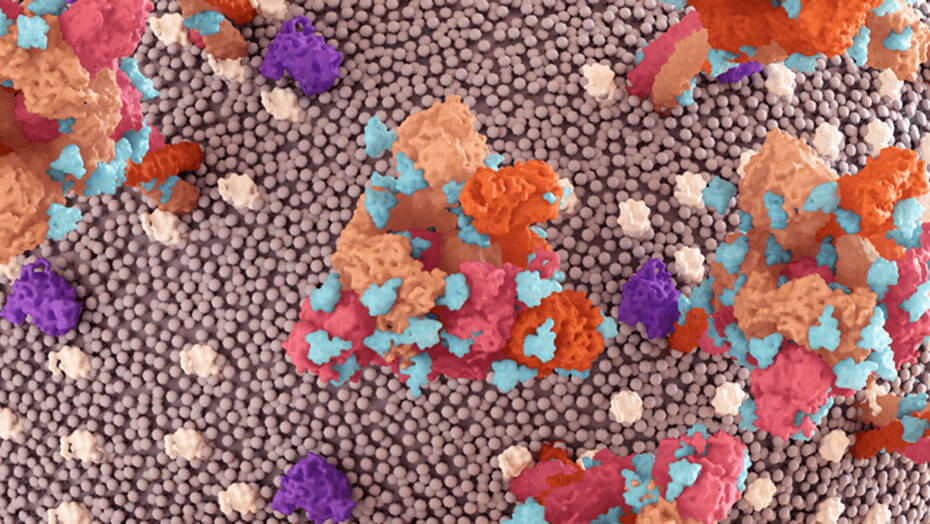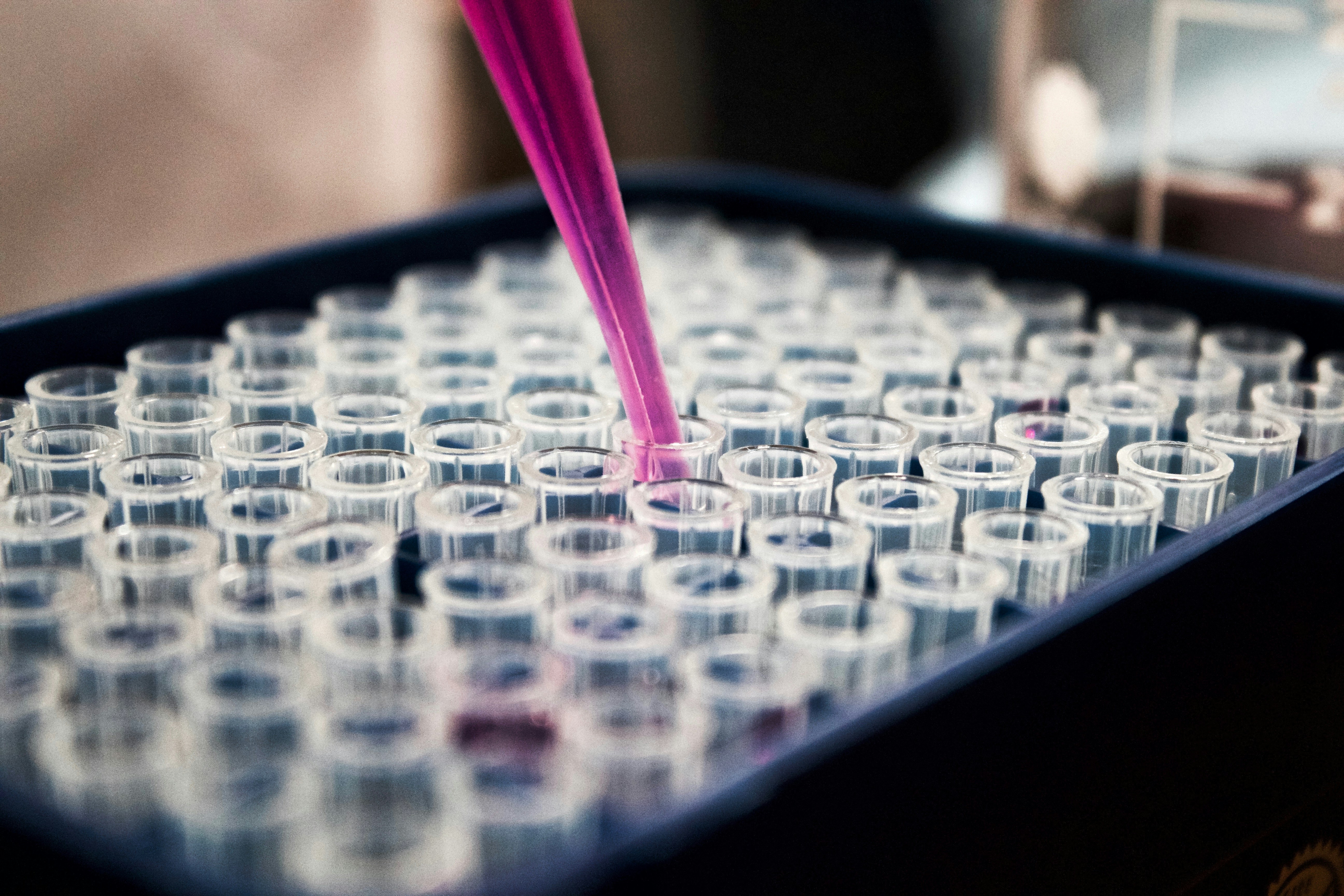CDG Disease: Congenital Disorders of Glycosylation
The glycosylation machinery inside the cell’s factories requires the coordinated action of hundreds of different enzymes working together in perfect harmony. If even one of these enzymes is not working properly, that can be a big problem.

The cells in our bodies are like little self-contained factories, constantly humming with activity and producing all kinds of molecules to help them function as they should. Among the main products are proteins, the molecules that do most of the work in the cell, each one specialised for a specific cellular task or chemical reaction. Once the proteins have been manufactured, some are then up-graded by the addition of certain molecular “add-ons” which can alter their biochemical properties giving them extra features or functions. One such enhancement is protein glycosylation, the modification of a protein via the addition of complex sugar chains called glycans.
This addition is not merely for decoration – often it is an essential component of the final package and many of the proteins in our cells need these glycans to function properly. If for some reason this glycosylation machinery is not working properly, it means that some of the manufactured proteins will be inactive and this can lead to devastating consequences. In this article, we will review what can happen when glycosylation goes wrong with a focus on genetic disorders that impact the development of the unborn child.
Protein glycosylation is a complicated process, like a tango involving the protein and the glycan. The glycosylation machinery inside the cell’s factories requires the coordinated action of hundreds of different enzymes working together in perfect harmony. If even one of these enzymes is not working properly, the proteins that should be upgraded with glycans may receive the wrong glycans or, in some cases, no glycans at all - and that can be a big problem. The glycosylation machinery in a cell can breakdown due to any number of reasons, but often it is the result of genetic variations (i.e. mutations in the DNA sequence of our genes) that produce errors in the blueprint for the enzymes involved in glycosylation.
Genetic variations that disrupt normal glycosylation pathways can have severe consequences and result in inborn developmental diseases, sometimes called Congenital Disorders of Glycosylation (CDG), many of which have neurological symptoms. Individually, each of these disorders is very rare, but given that over 130 such disorders have been identified affecting various steps in the many different glycosylation pathways, as a group they present a significant challenge to society.
That fact that the majority of these disorders affect the nervous system highlights the importance of glycosylation in neurodevelopment. The constellation of neurological symptoms reported for CGD is vast and each disorder has a distinct clinical profile encompassing a subset of these symptoms depending on which parts of the glycosylation machinery are affected, but possible symptoms include:
· developmental delay
· cognitive impairment, such as intellectual disability
· seizures
· problems with speech and voluntary muscle control
· peripheral neuropathy
· improper brain formation (smaller brain size)
· brain atrophy
Research using animal models has given us an insight into the underlying cellular and molecular mechanisms that are affected by faulty glycosylation and that could contribute to the above-mentioned symptoms. By targeting individual components of the glycosylation pathways and inactivating them, researchers are able to assign functions to specific genes and link them to particular cellular processes.
Performing such studies in mice, researchers have found that some of the genes involved in protein glycosylation are crucial for proper brain development and their inactivation resulted in various neurodevelopmental abnormalities, such as defects in nerve bundles, impaired communication between brain cells, learning and memory deficits, or progressive hydrocephalus (“water on the brain”).
So, now you know a little more about the protein-glycan couple. As with many things in science (and in life, generally!), it’s rarely an individual effort: molecules need partners! They love to stay linked. A glycan is often a protein’s most beloved companion, but care has to be taken by the cell to nurture this relationship and prevent it from ending up on the rocks. As we have seen, when the glycosylation machinery malfunctions, it can lead to serious neurodevelopmental problems. It is therefore imperative that researchers continue to dig into the conundrum of central nervous system glycosylation to unveil the molecular knots causing problems so that they can come up with more effective treatments for affected individuals.


